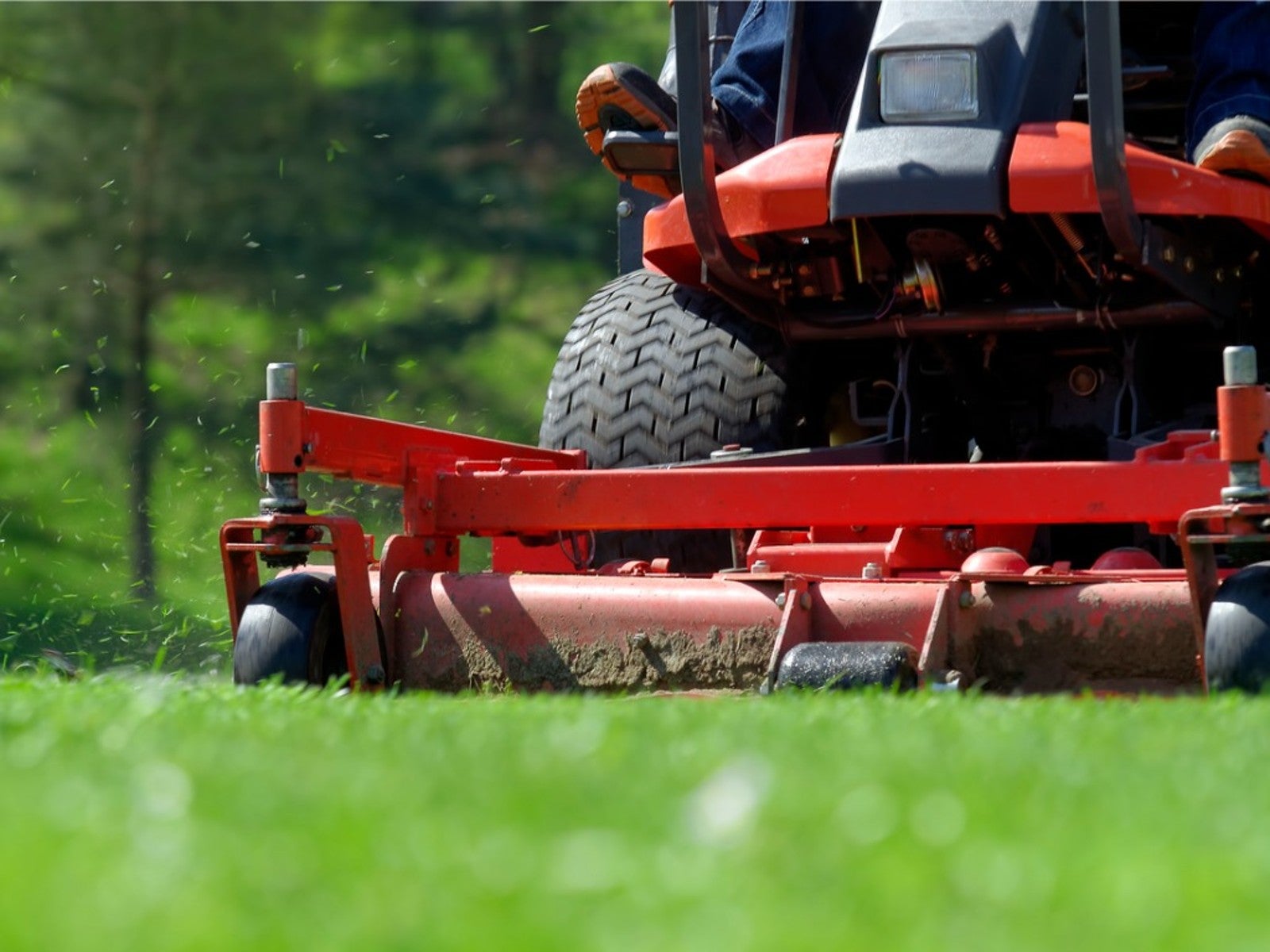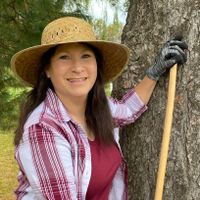Central Midwest Lawn Care Calendar


Beautiful lawns don't just happen. Properly timed lawn maintenance, such as mowing, fertilizing and aerating can turn weedy, unhealthy turf into a lush carpet of green grass. Let's take a look at the best times to schedule these lawn care tasks for the Central Midwest states and the Ohio Valley region.
Wisconsin to Missouri Lawn Care Schedule
Lawn care begins long before those first blades of grass start to green up in the spring. As the snow melts off the turf, spring cleanup is the first step. Remove the branches, twigs and pinecones that came down over the winter. Rake any leaves that may have blown onto the grass and pick up debris.
This is also a good time to survey the lawn for perennial weeds, snow mold and mole damage. Resolving these issues early can lessen their severity. The time to apply broadleaf herbicides, reseed bare spots and mow for the first time will depend upon the weather and your climate.
When to Begin Mowing the Lawn
Most years, the Upper Midwest states and Northern Illinois lawn care schedule will lag a few weeks behind the starting dates for southern areas of the Midwest and Ohio Valley. Weather conditions also determine when to begin mowing in the spring. Instead of going by a calendar date, experts recommend following these guidelines:
- Wait until the grass breaks dormancy. Once the grass begins actively growing, it's safe to start mowing. Cool-season grass breaks dormancy when soil temperatures reach 50 degrees F. (10 C.) or the daytime air temperature is consistently above 60 degrees F. (16 C.).
- Make sure the soil can support mowing. Snow melt and spring rains can leave the ground waterlogged. Subsequently, the weight of lawn tractors can tear up the sod and leave ruts in the yard. If the grass is getting too high, consider using a push mower to get the job done without damaging the turf.
- Mow grass at the proper height. The rule of thumb is to remove no more than 1/3 of the length of the grass blades when mowing. Cutting grass back too far impairs root growth and makes the lawn less drought resistant during dry weather.
When to Fertilize Lawn – Indiana North and South
Timely applications of fertilizer provide the nutrients your lawn needs. If you only feed the turf once per year, fall is the recommended time. In the northern regions of the Central Midwest, the first two weeks of September is the key time to apply a water soluable, fast-release fertilizer.
As cool-season turf recovers from summer stress, an application of a high nitrogen grass fertilizer (20-8-8) encourages the grass plants to store carbohydrate reserves for the upcoming winter. This increases root growth and helps the lawn green up quicker in the spring.
A second application of fertilizer can be applied up to two weeks before the ground freezes. Fall is also the ideal time to eliminate perennial weeds. Applying a broadleaf herbicide in early fall encourages grass to spread into areas left vacant from dying weeds.
Sign up for the Gardening Know How newsletter today and receive a free copy of our e-book "How to Grow Delicious Tomatoes".
In southern areas of the central Midwest and Ohio Valley, late September to early October is the recommended time for an early or annual application of fertilizer. If desired, a second application of fertilizer can be applied in early November.
When to Aerate Lawn – Ohio Valley Region
Aerating lawns is a process in which holes are created in the turf by removing 1/2 to 3/4 inch (1.5-2 cm.) plugs of soil that are typically 2 to 3 inches (5-7.5 cm.) long. Aerating machines can be rented or this type of service can be performed by a lawn care company. Aerating benefits turf grass in the following ways:
- Reduces soil compaction
- Improves air exchange
- Boosts fertilizer uptake
- Enhances the soil's ability to absorb water
- Creates a stronger root system
- Decreases thatch
The ideal time to aerate the lawn is when it's actively growing. Fall aerating is preferred over spring as weed seeds have less opportunity to germinate and get established in the autumn. The ground should be moist, but not overly saturated and mowing first is recommended if you plan to seed the lawn after aerating.
Note: Any recommendations pertaining to the use of chemicals are for informational purposes only. Chemical control should only be used as a last resort, as organic approaches are safer and more environmentally friendly.

Laura Miller has been gardening all her life. Holding a degree in Biology, Nutrition, and Agriculture, Laura's area of expertise is vegetables, herbs, and all things edible. She lives in Ohio.